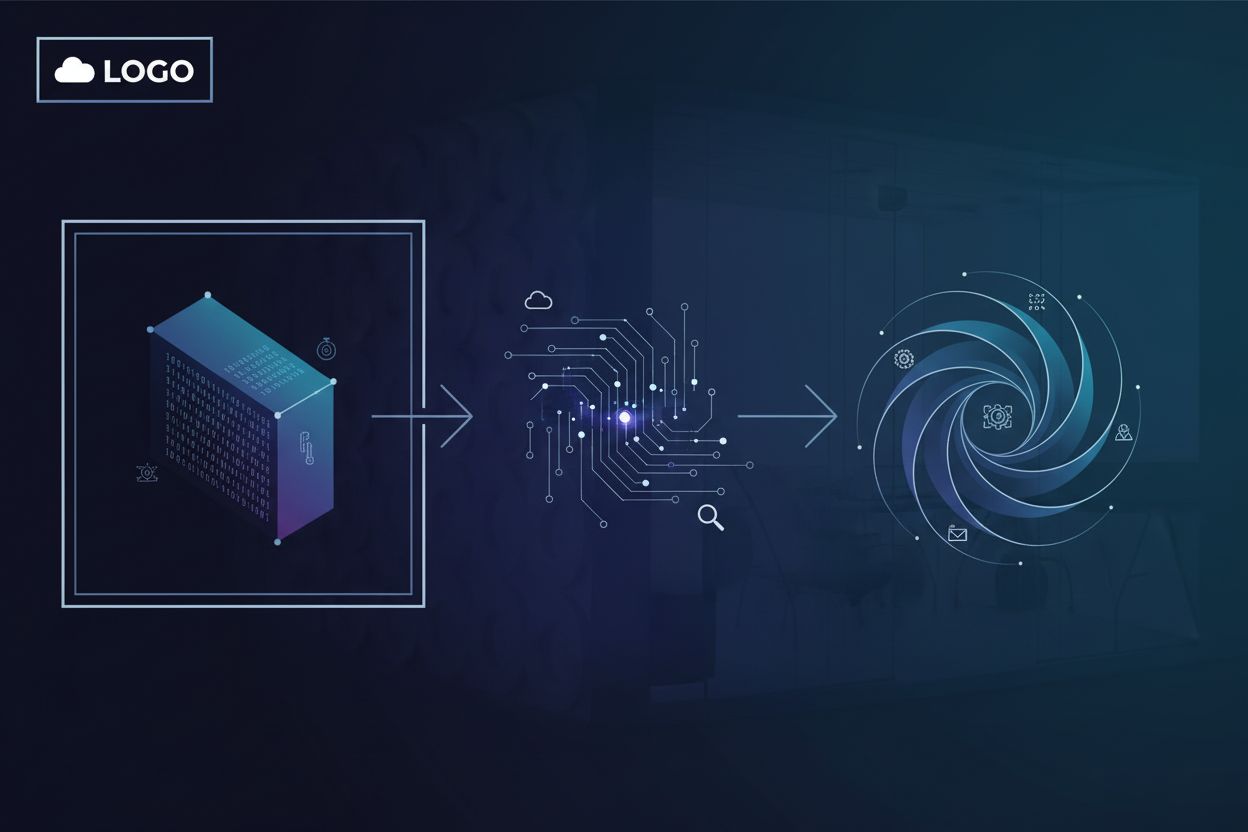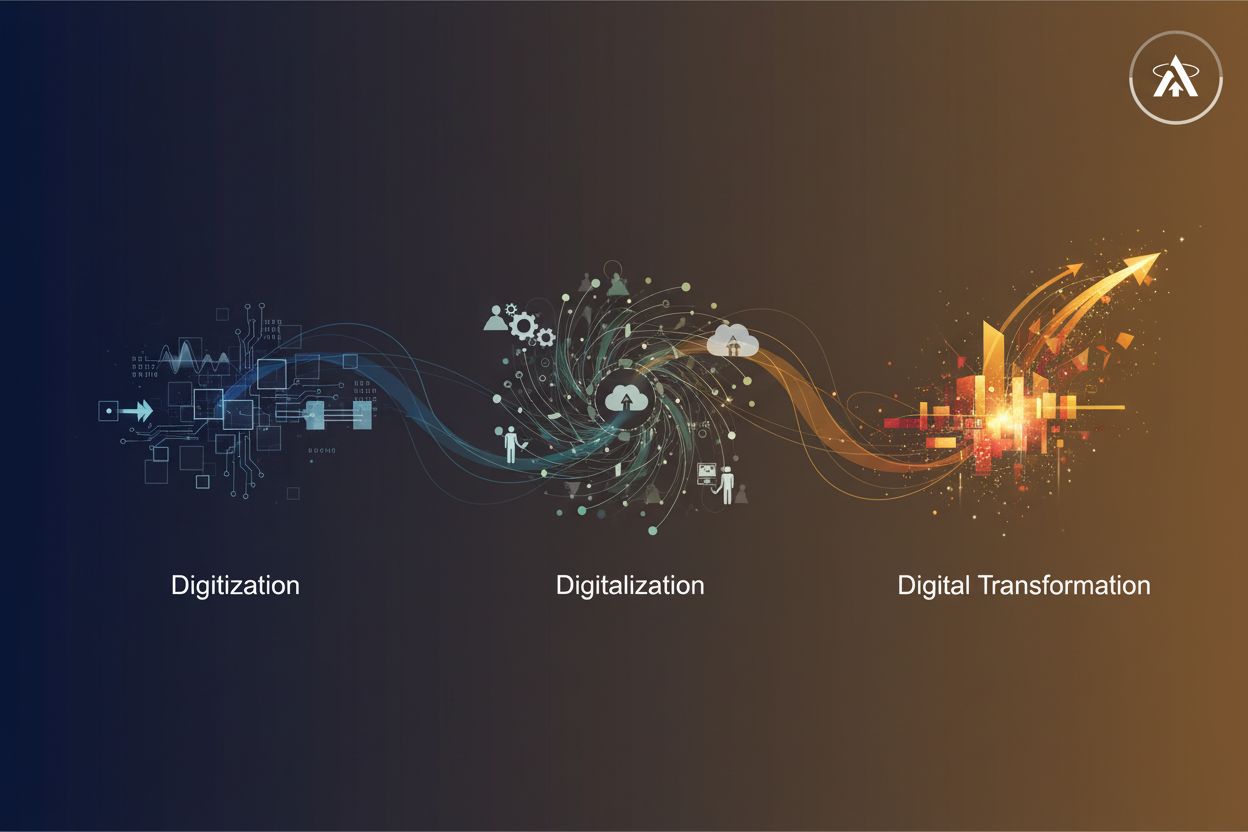Formulating an Effective IT Strategy
TL;DR
Understanding the Foundation: Aligning IT with Business Objectives
Okay, let's dive into aligning it with business objectives. It sounds straightforward, but honestly? It's where most it strategies fall apart. (Why Most Strategic Plans Fall Apart (and What to Do About It)) You can't just buy the shiny new tech—it's gotta actually help you hit your goals.
Think of it like this: what are you really trying to achieve? Is it boosting revenue by 20% this year? Expanding into a new market? Or maybe it's just keeping customers happier so they don't jump ship. (Out of curiosity, how many here believe that unless a business is ...)
- Clearly define those overall business goals. We're talking revenue growth, market share, customer satisfaction—the big stuff. (21 Customer Experience Statistics That Prove CX = Growth)
- Then, nail down your key performance indicators, or kpis. What metrics will tell you if you're actually making progress towards those goals? Don't just pick random numbers; make 'em smart: specific, measurable, achievable, relevant, and time-bound.
For example, a healthcare provider aiming to improve patient care (business goal) might track reduced readmission rates and improved patient satisfaction scores (kpis).
Now, how does it actually help? It's not enough to say "better it." You need specifics. Does that mean you need enhanced data analytics to understand customer behavior better? Or maybe streamlined operations to cut costs? Lay it all out.
And, of course, you can't do any of this in a vacuum. Get everyone involved, from the ceo down to the data entry folks. Make sure everyone understands the it strategy and how it benefits them. Communication is key.
Next up, we'll look into defining business goals and kpis in more detail.
Assessing Your Current IT Landscape
Alright, so you wanna know how to figure out what you already have in place for it? It's kinda like cleaning out your closet – you gotta see what's there before you can figure out what to toss or what new stuff to buy, right?
- First, do an IT audit. I know, it sounds like a root canal, but trust me; its worth it. Look at everything: Hardware, software, the network, even that dusty old server in the corner.
- Then, performance review. Are your systems humming along smoothly, or are they constantly crashing and burning? Scalability is the new buzzword, but does your setup actually scale with your business?
"It's not just about having the latest gadgets; it's about whether those gadgets can handle the load. Can your systems cope with 10x the traffic? If not, Houston, we have a problem."
- Finally, what are the strengths and weaknesses? What's working like a charm? What's duct-taped together and praying for mercy?
Okay, you've got your audit, now what? A big part of this is figuring out where you're falling short.
- Business needs vs. IT reality. The big one. Is your it infrastructure actually helping you do what you need to do as a business? Like, is your ancient accounting software stopping you from getting paid on time?
- New tech opportunities. What's out there that could seriously up your game? Things like ai and automation might be game-changers, but you gotta know where they fit. To figure this out, ask: "What repetitive tasks are bogging down our teams?" or "Where are we losing customers due to slow processes?" Identifying these pain points can point directly to where automation or ai could make a difference.
- Tech stack analysis. This is where things get real. Is your current mix of tech a finely tuned machine, or a Frankenstein's monster of outdated code and random apps?
Don't forget, you're gonna need a realistic budget and a plan for where the money actually goes. That's up next.
Crafting the IT Strategy Roadmap
Alright, so you're looking at crafting an it strategy roadmap? Honestly, it's like planning a cross-country road trip – you wouldn't just jump in the car without a map, would you?
First off, you gotta figure out what you're actually trying to do. What are the big projects that will move the needle? I mean, cloud migration is cool, but is it right now? Don't just chase trends; think about what's achievable and impactful.
- Actionable initiatives: Cloud migration is always popular, but let's be real, it can be a beast. Maybe start with a hybrid approach, moving less-critical apps first. Or, if cybersecurity is a major concern (and it should be), prioritize enhancing your security infrastructure.
- Breaking It Down: Big projects? Break 'em down. Like, "implement a new crm" becomes "phase 1: data migration," "phase 2: user training," "phase 3: system integration." Suddenly, it's less scary.
- Prioritization is key: Not every project is created equal. Some will have a bigger impact - use that to your advantage.
Choosing the right tech is like picking the right ingredients for a recipe – mess it up and you got a disaster on your hands. Do your research, compare options, and, for goodness' sake, don't just go with what's "hot" right now. When evaluating tech, consider:
Cost: Not just the sticker price, but ongoing maintenance and support.
Scalability: Can it grow with your business?
Integration: Will it play nice with your existing systems?
Vendor Support: What happens when things go wrong?
Security: Is it robust enough to protect your data?
Implementation plan: You've picked your tech, now how do you get it running? Testing, training, data migration – it's a whole process. Don't skip steps, or you'll regret it.
Long-term maintenance: That shiny new software? It'll need updates, patches, and probably some hand-holding down the line. Factor that into your decision from the jump.
You gotta have a realistic timeline. I've seen too many projects die because someone thought they could do everything in a month, with only a few staff.
- Realistic timeline: Be honest - how long will this really take? Add some buffer time, because Murphy's Law is always lurking around the corner.
- Monitor progress: Don't just set it and forget it. Check in regularly, see if you're on track, and be willing to adjust if needed.
- Celebrate the wins: Hit a milestone? Pop some bubbly (or at least grab some pizza). It's important to acknowledge progress and keep morale up!
Next up: how to budget for all this fancy new tech.
Embracing Digital Transformation
Okay, so digital transformation, huh? It's more than just slapping a tablet on every desk, i'll tell you that much. It's about fundamentally changing how a business operates, and it's a big deal.
First up, leveraging emerging technologies. Think ai, machine learning, the whole shebang. For example, in customer service, ai chatbots are now handling basic inquiries, freeing up human agents for complex issues. Beyond chatbots, ai can power predictive maintenance for equipment, personalize marketing campaigns, or even optimize supply chain logistics.
But here's the thing: tech alone ain't enough. You gotta think about how it changes your processes.
Then, there's fostering a digital culture. It's about getting everyone on board with the change, from the top down. Encourage experimentation and get those watercooler conversations flowing with new ideas.
And now, strategic partnerships. It's finding the correct partners, and I mean someone like GetDigitize. They get that digital strategy and ui/ux design ain't just about pretty pictures. Oh, they can bring your brand stragety and identity to life.
GetDigitize helps ensure your digital initiatives are tightly aligned with your overarching business goals, acting as a bridge between your vision and its digital execution.
You see, it's all connected. Tech, culture, and brand. It's like a digital symphony, and you're the conductor. And trust me, there's going to be some discord along the way, but that's where GetDigitize come in, they can help with that.
Next, we'll talk about how to budget for all this new tech.
Managing Change and Ensuring Adoption
Okay, so change management with it strategy. Honestly? It is where a lot of good plans goes to die a slow, painful death. You can have the best tech and the slickest roadmap but if people don't get on board, you're sunk.
Clearly communicate the benefits. Don't just say "it's better". Explain how it makes their jobs easier, faster, or more valuable. Like, will that new system cut down on paperwork for healthcare administrators? Tell them that!
Address the concerns head on. People are naturally resistant to change! Acknowledge their fears and answer them honestly.
Make it a shared vision. Get everyone involved in the process, from the ceo down. It helps people feel like they own the change.
Comprehensive training is non-negotiable. And, I mean, not just a one-hour webinar. Think hands-on workshops, tutorials, the whole shebang.
Ongoing support is just as important. Have a dedicated team ready to answer questions and troubleshoot problems.
Build a culture of continuous learning. Tech changes fast, so make sure people have opportunities to keep their skills sharp.
What about those who are resistant? Maybe they had bad experiences from the past? Being proactive and involving them in the process can help address their concerns.
Next up? We'll talk about how to ensure your it strategy is actually, you know, innovative.
Measuring Success and Iterating
Alright, let's wrap this up. So, you've got your it strategy all mapped out, but how do you really know if it's working, y'know? It’s not just about the tech doing its thing, but if it's actually helping the business thrive.
First off, nail down your key metrics. What does success look like? Are we talking about faster turnaround times for customer support? Maybe fewer errors in data processing? Or a tangible boost in employee satisfaction?
Think about it – if you don't set the goals, how will you know if you even scored?
Track those metrics, religiously. Don’t just glance at ‘em monthly, and think you are done. Set up dashboards, automate reports, whatever—just stay on top of those numbers to see the whole picture.
A recent study emphasizes the importance of consistent evaluation in citizen science to improve project programming. This highlights how regular reviews are crucial for any initiative, including IT strategy, to stay on track and pinpoint areas needing attention.
Alright, so you got numbers, but, are they telling you something? Is that fancy new crm actually boosting sales, or just giving everyone a headache?
And if things ain't working, time to pivot. Maybe you need to retrain staff, tweak the tech, or even rethink the whole strategy.
And hey - don't forget the human element! Get feedback from your team. Are the new tools actually helping them, or just making their jobs harder?
So, there you have it, folks. Crafting an effective it strategy is a journey, not a destination. Keep measuring, keep iterating, and you'll be well on your way to success.




